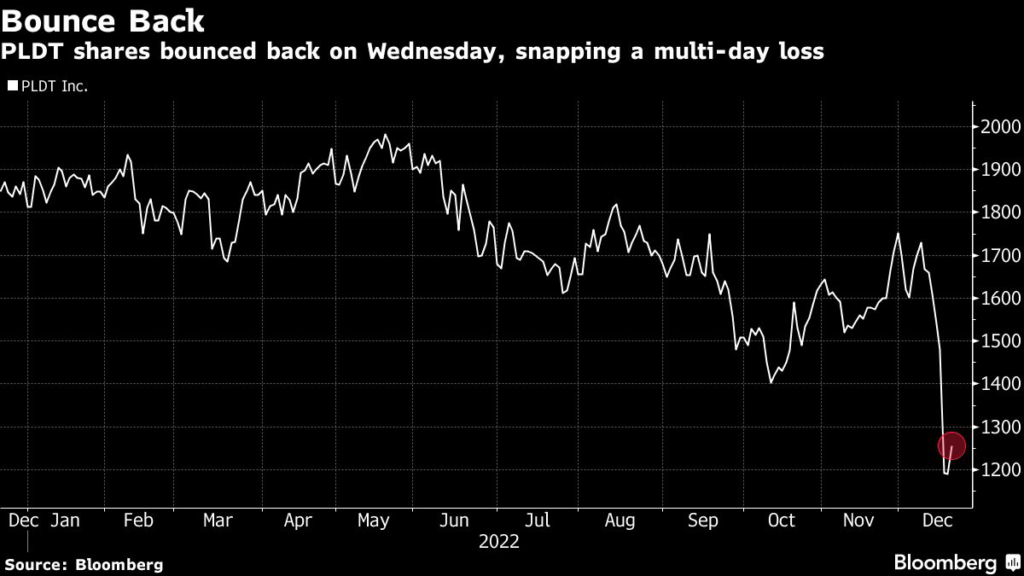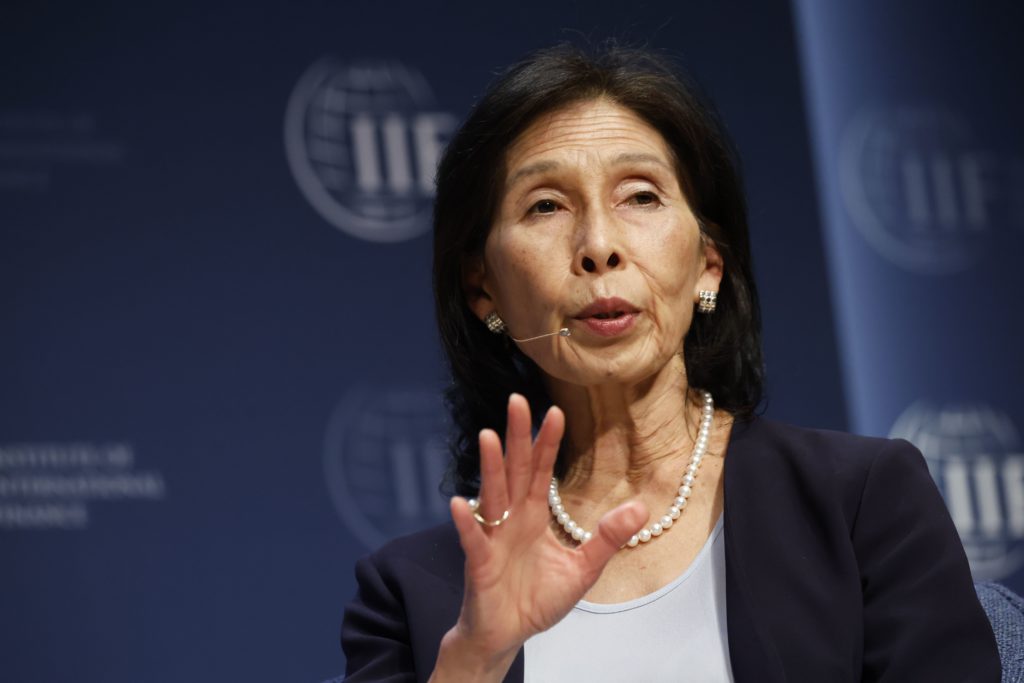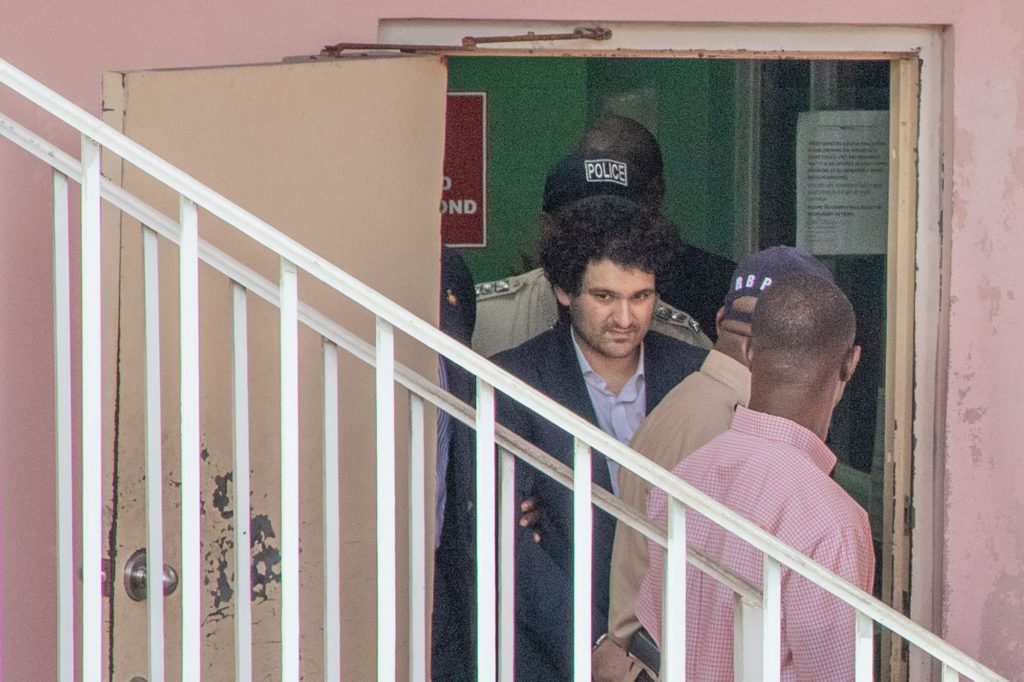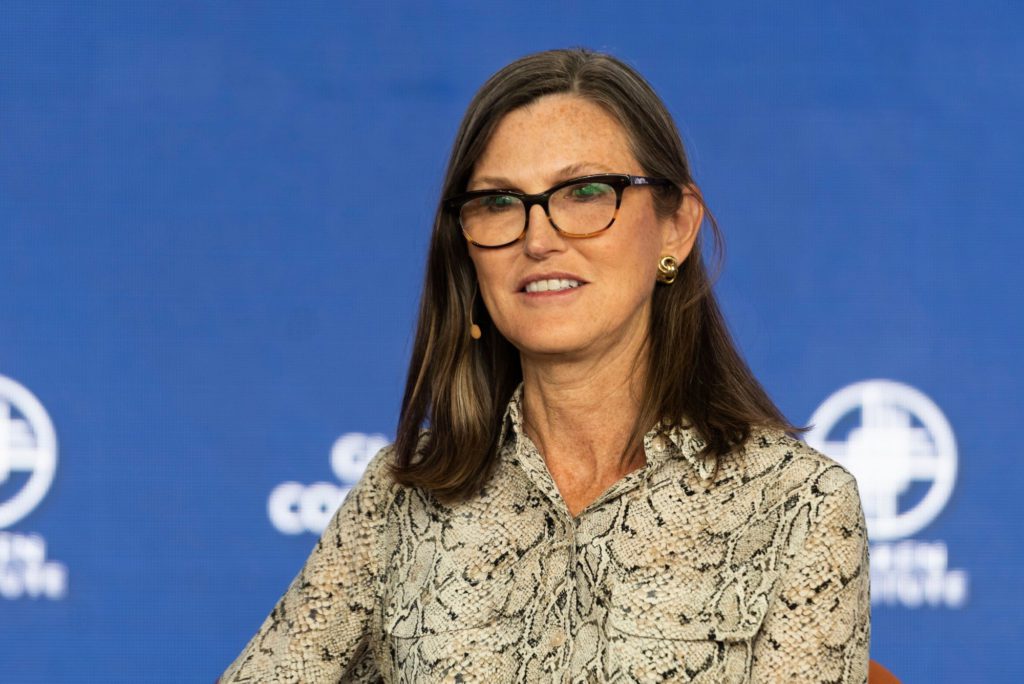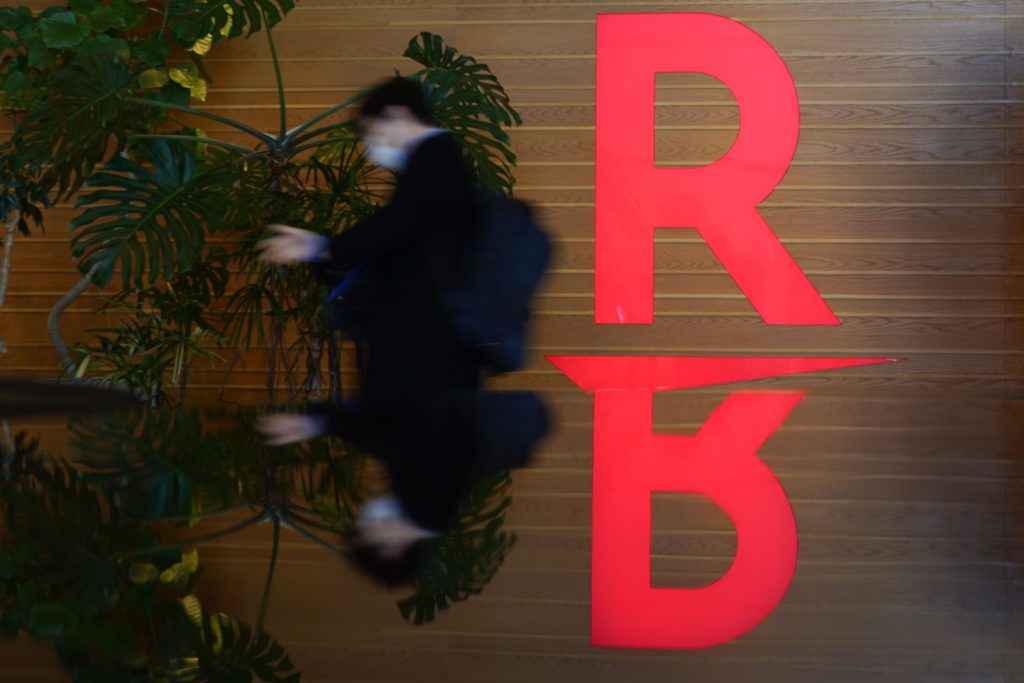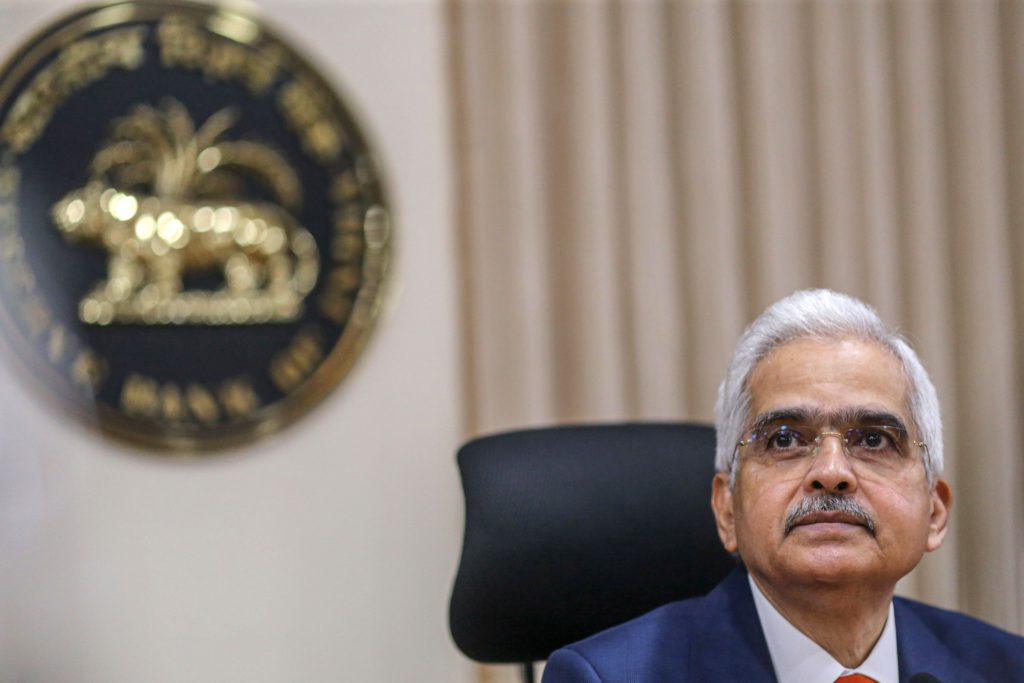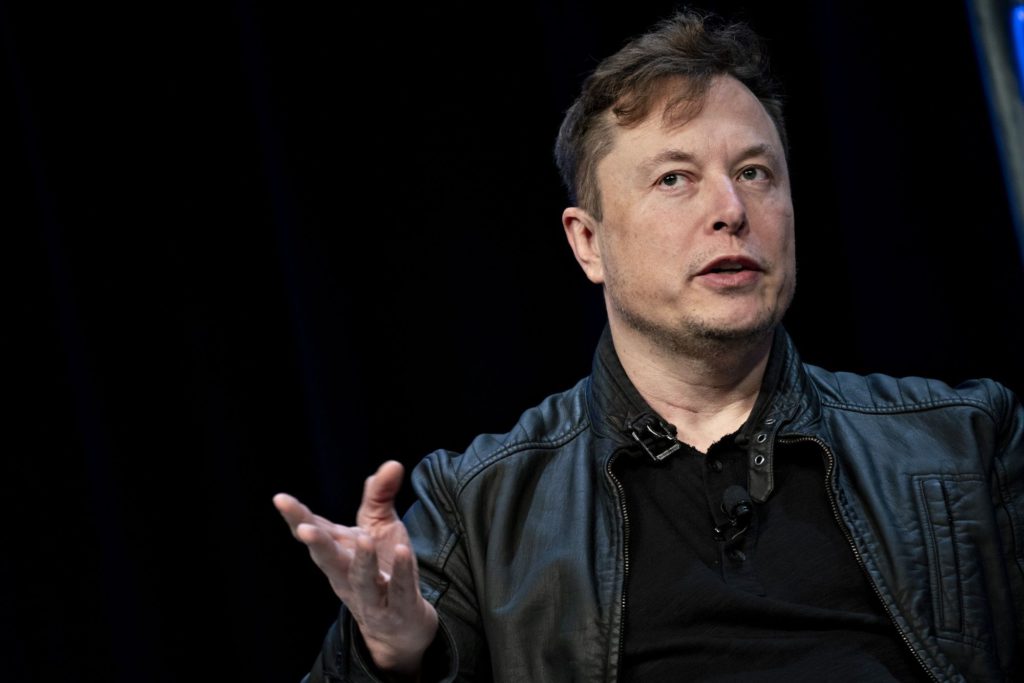Top Philippine Telco Snaps Rout as It Vows to Assist Probe
(Bloomberg) — Troubled Philippine telecoms giant PLDT Inc. finally halted a days-long stock rout as it vowed to cooperate with an investigation into the more than $800 million of unaccounted spending that it disclosed last week.
Shares of the country’s largest phone company by revenue climbed 5% on Wednesday in Manila, helped also by comments from the head of the stock exchange that there was no fraudulent trading in PLDT shares before it revealed the unrecorded spending.
It’s a welcome reprieve for the almost a century-old firm after shares lost about a fifth of their value in a record drop on Monday. But questions remain about why the spending was undocumented.
While the company denies that there were any fraudulent activities, the issue raises concerns about its corporate governance practices and may make investors wary about the broader $228 billion Philippine stock market.
PLDT flagged 48 billion pesos ($871 million) in undocumented spending over four years from 2019 on Friday, describing it as a “budget overrun” and “elevated capex spend.” The Securities and Exchange Commission, the Philippine regulator, said that it was starting an inquiry into the disclosure and the sharp decline in the share price before it.
The stock fell as much as 20% on Monday before closing 19% lower.
Philippine Stock Exchange President Ramon Monzon said earlier Wednesday that there were no fraudulent activities in the trading of PLDT shares, according to local media ABS-CBN News. Monzon later said in a statement that the bourse has issued a “show cause” letter to PLDT to clarify its Dec. 16 announcement and is reviewing transactions on PLDT shares from November up to last Friday.
In its statement, PLDT also said that its disclosure last week wasn’t made sooner because it “needed time to conduct its investigation of the contracts and expenditures involved as well as to meet its major vendors for reconciliation of outstanding amounts and project status.”
It added that its business and outlook continue to remain healthy. The amount of unaccounted spending is almost equivalent to PLDT’s combined 2020 and 2021 net income. It’s also more than twice the 21.5 billion pesos of cash and cash equivalents that PLDT had at the end of last quarter.
PLDT held a two-hour briefing for investors and analysts Wednesday during which executives including PLDT Chairman Manuel Pangilinan and President Alfredo Panlilio gave few clarifying details on how the undocumented expenditures occurred and why they went unreported for so long, according to two attendees who asked not to be named discussing a private meeting.
PLDT communications head Cathy Yang said she cannot disclose details from the briefing while Pangilinan and Panlilio did not immediately respond to mobile phone messages seeking comment.
PLDT has a large base of foreign investors, but has the second-lowest percentage of independent directors among the 30 firms in the country’s benchmark stock index. Its shareholders include Japan’s Nippon Telegraph & Telephone Corp. and First Pacific Co., the Hong Kong-based investment firm chaired by Indonesian billionaire Anthoni Salim. Vanguard Group Inc. and BlackRock Inc. are among the asset managers that hold the stock, according to data compiled by Bloomberg.
At least two brokers have already weighed in to support the company, with Morgan Stanley saying much of the undocumented spending has already been priced in. Local firm COL Financial Group Inc. upgraded PLDT to buy from hold, saying the selloff appears to be overdone.
Pangilinan, 76, who was also president and CEO of the company until June 2021, stunned the Philippines in 1998 when he engineered a 30 billion peso takeover of PLDT. He later merged it with Smart Communications Inc., a mobile phone startup he funded through First Pacific.
Pangilinan said earlier that four PLDT officials including heads of finance, procurement and networks have been suspended with pay pending investigation, the Philippine Daily Inquirer reported, without naming the officials.
PLDT on Wednesday said Chief Financial Officer Anabelle Chua is on paid leave, and hasn’t been suspended to allow the company to conduct an independent investigation” on what it calls elevated capital spending.
–With assistance from Ditas Lopez and Andreo Calonzo.
(Adds details throughout)
More stories like this are available on bloomberg.com
©2022 Bloomberg L.P.

